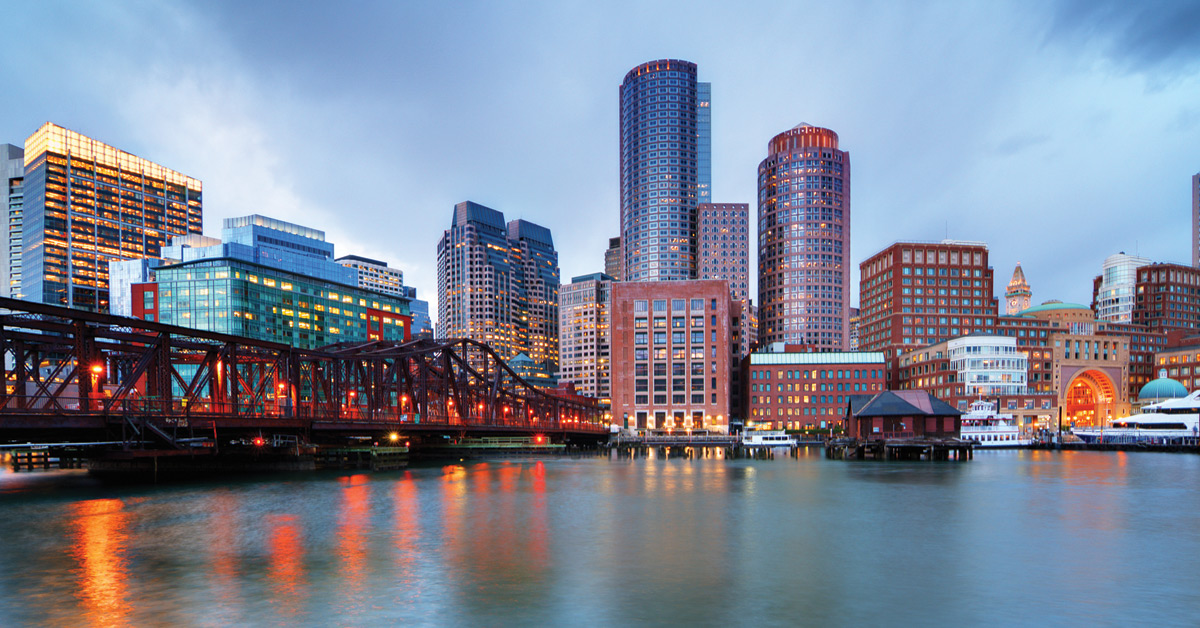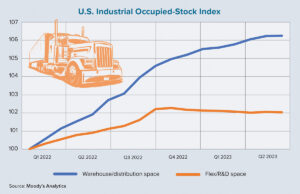New England’s history dates to the first Puritan settlers in the early 1600s. Situated
in the nation’s northeast corner, the region is comprised of Connecticut, Maine,
Massachusetts, New Hampshire, Rhode Island and Vermont. The oldest of America’s
regions has had steady economic growth in recent years, but at a slower rate than
the nation as a whole.
Gross domestic product (GDP) growth for the region was 2% in 2018, trailing the
national average of 2.9%, according to the U.S. Bureau of Economic Analysis (BEA).
Annual GDP growth ranged from 0.6% in Rhode Island to 2.7% in Massachusetts. In
first-quarter 2019, New England’s annual GDP growth picked up to 2.5%, with
Massachusetts leading the way at 2.7%, BEA reported.

New England pays a higher average wage than any region in the country, but wage
growth has been slower than the national average. Wages in New England were up
1.2% year over year in first-quarter 2019, well below the national average of 3.4%
annual growth. Each New England state saw annual growth in wages, ranging from
0.2% in New Hampshire to 2.3% in Maine.
Massachusetts has by far the largest economy in New England. The state has a
diverse mix of high-tech industries, banks, world-class medical centers and
universities, tourist attractions, farms and a long-established commercial fishing
industry. The state’s estimated GDP of $569 billion in 2018 exceeded the combined
GDP of the other five New England states, according to the Federal Reserve Bank of
St. Louis.
The economies of New England’s other states vary significantly. New Hampshire and
Vermont rely heavily on seasonal tourism. The New Hampshire Division of Travel
and Tourism Development estimated that more than 3 million out-of-state visitors
would spend more than $1.5 billion during the 2019 fall tourism season. Tourism
pumped more than $2.8 billion into Vermont’s economy in 2017, according to the
most recent data from the Vermont Agency of Commerce and Community
Development.
Connecticut, led by cities such as Hartford, Bridgeport and New Haven, has the
second- largest economy in the region with a GDP of $274 billion in 2018. The
state’s leading manufacturing sectors include transportation equipment,
metalworking, electronics and plastics. Seventeen Fortune 500 companies were
headquartered in the state in 2018, including health insurer Aetna and industrial
conglomerate United Technologies.
Maine is known for its iconic lobster industry, but it also is a major producer of
wood and paper products. The nation’s smallest state by area is Rhode Island, which
has only 1,545 square miles and a population of 1.06 million. It is the home base for
CVS Pharmacy and aviation-industry conglomerate Textron.
Boston office market
The Boston office market has been extremely tight and rents have been escalating
sharply. As of third-quarter 2019, the vacancy rate in the city limits had fallen year
over year by nearly a percentage point to 4.9%, according to Cushman & Wakefield.
That was only 20 basis points higher than the city’s record-low vacancy rate in
2000. The average effective rent was up 4.9% annually to $67.18 per square foot in
the third quarter of last year, with Class A office properties commanding per-
square-foot rents in the low $80s.

Rents were forecast to continue to rise steeply, Cushman & Wakefield reported.
Large blocks of space of more than 150,000 square feet were in especially short
supply in Boston proper. In the nearby city of Cambridge, conditions were even
tighter with an overall vacancy rate of 3%. The office vacancy rate in Boston’s
suburbs, however, was 12.4%.
Focus: Commercial fishing
New England’s centuries-old fishing industry remains a big business. According to
the National Oceanic and Atmospheric Administration (NOAA), the seafood
industries in Massachusetts and Maine generated $7.7 billion and $2.6 billion in
sales in 2016, respectively. The seafood industry in Massachusetts supported
87,000 jobs in the state, ranking it second among all states, while Maine’s seafood
industry supported 42,000 jobs, ranking it No. 6 nationwide.
The New England region accounted for about 25% of the total value of the U.S.
seafood industry in 2016, according to NOAA. In 2017, the New Bedford port in
Massachusetts was the nation’s highest-valued commercial fishing location for the
18th consecutive year — as measured by the value of the seafood flowing through it
— with 111 million pounds worth $389 million. Sea scallops accounted for 80% of
that dollar figure. Maine’s seafood industry leans heavily on lobster as more than
131 million pounds of the crustaceans, valued at nearly $538 million, were captured
in 2016.
What the locals say
“When the market moves, Boston doesn’t tend to move too much higher or too much
lower. It has been a very stable place and has sort of grown at a slower than average
pace. We’re definitely seeing more growth than we’ve ever seen historically in the
city. We’re putting a lot more [commercial] space on deck. We’ve also seen prices
rise more than they ever have historically. In terms of properties trading hands,
Boston ownership tends to be a lot of the same firms and the same entities. If
anything, they’re adding to their holdings more than divestiture.”
Constantine Valhouli
Director of research, NeighborhoodX
3 Cities to Watch
Boston

The greater Boston area is a hub for business, culture and innovation. Numerous
technology companies are based there, capitalizing on a wealth of talent supplied by
the city’s world-class universities. Boston saw an 8.4% jump in job listings last year,
Glassdoor reported. A total of 152,683 job openings were available from September
2018 to September 2019, with a median base pay of $61,987, Glassdoor’s report
stated.
Hartford

Hartford is the fourth-largest city in Connecticut with about 123,000 people, but its
metro area is the third-largest population center in New England with 1.2 million
residents. In recent decades, the inner city has struggled with high poverty rates and
inequality compared to the suburbs, and the population has generally declined. The
unemployment rate in the city was 6.2% as of October 2019, well above the state
and national averages.
Portland

More than one-third of Maine’s population lives in the Portland metro area, which
has a population of about 535,000. The metro area’s unemployment rate this past
September was 1.9%, according to labor statistics. Average weekly wages in the
Portland area were $1,001 as of fourth-quarter 2018, below the national average.
Portland’s seaport, with more than 350 years of history, is among the busiest in New
England.
Sources: Associated Press, Boston Herald, City of Portland, Connecticut Department
of Labor, Cushman & Wakefield, Federal Reserve Bank of Boston, Federal Reserve
Bank of St. Louis, Forbes, Glassdoor, Hartford Courant, Maine Department of Marine
Resources, New Hampshire Division of Travel and Tourism Development, National
Oceanic and Atmospheric Administration, State of Connecticut, U.S. Bureau of
Economic Analysis, U.S. Bureau of Labor Statistics, U.S. Census Bureau, U.S.
Department of Labor, Vermont Agency of Commerce and Community Development,
World Population Review






